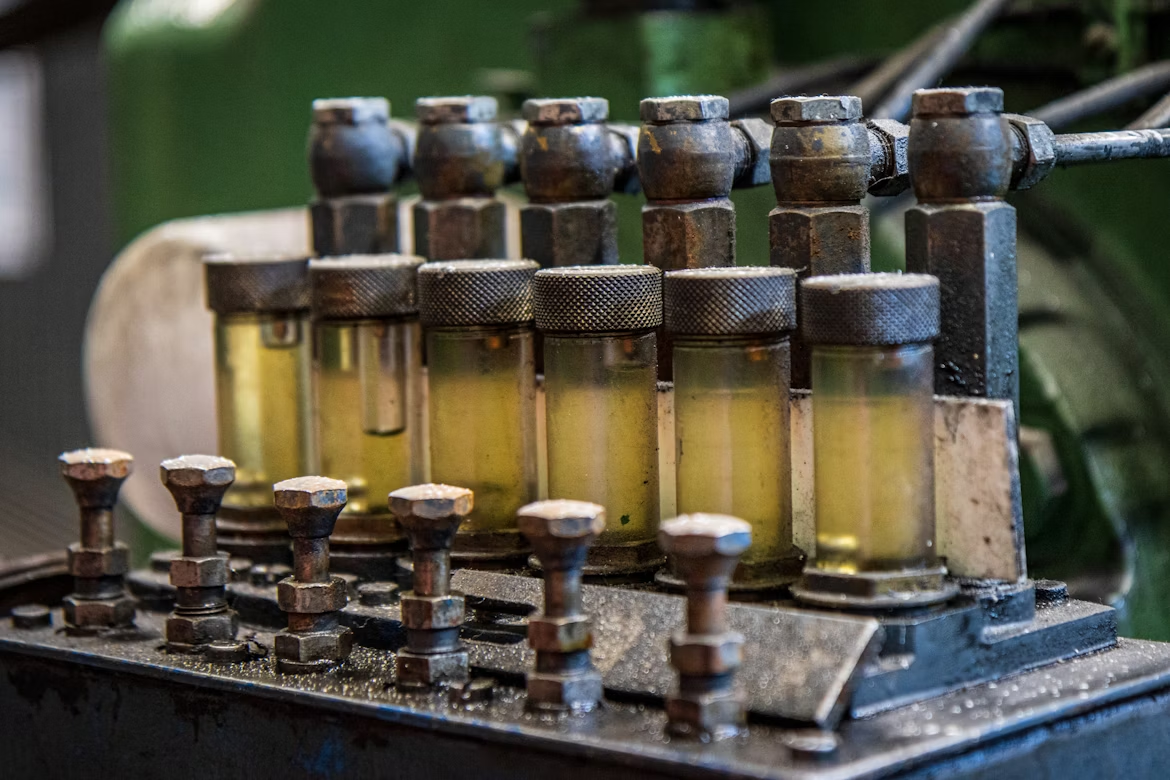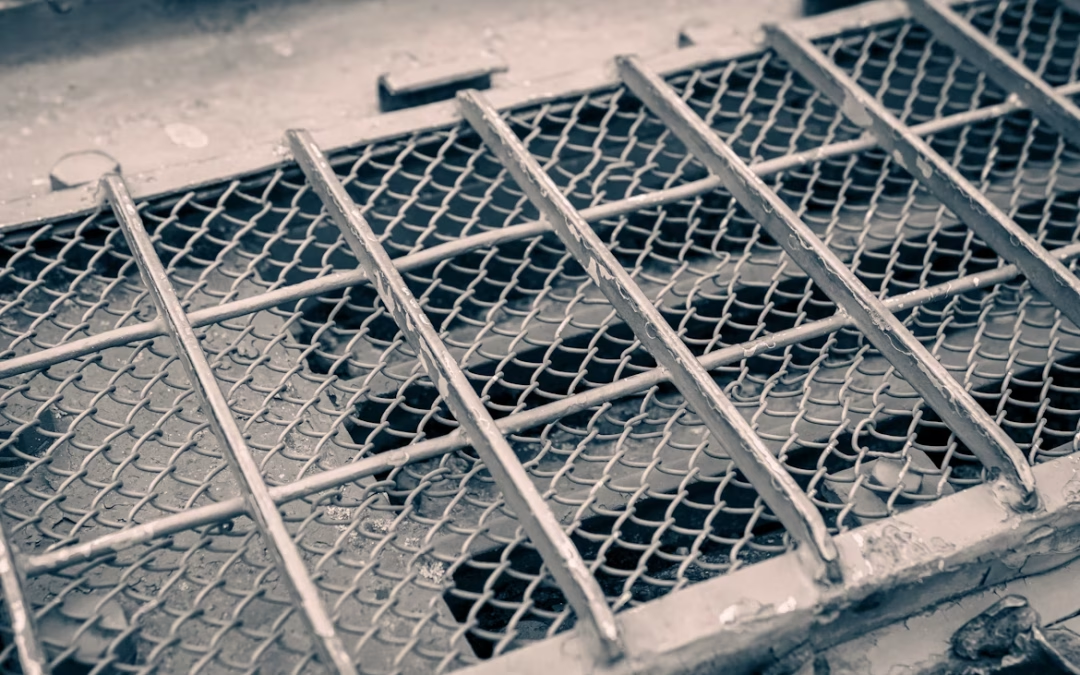
In commercial and industrial settings, efficient wastewater management is crucial for safeguarding plumbing systems, adhering to regulations, and mitigating environmental damage. Two prevalent solutions employed for this purpose are grease traps and oil separators, each specifically engineered to address distinct types of contaminants. Although both systems aim to pre-treat wastewater prior to its entry into public sewer systems, their functions, designs, and applications differ considerably based on the origin of the waste.
Purpose and Function
- Grease Traps, also known as grease interceptors, are specifically designed to capture fats, oils, and grease (FOG) from wastewater produced in commercial kitchens and food processing facilities. Their primary function is to prevent these substances from entering sewer lines, where they can lead to blockages and environmental problems.
- Oil Separators are constructed to eliminate liquid oils and hydrocarbons, including petrol, diesel, and various industrial oils, from wastewater. These devices are typically found in locations such as workshops, garages, industrial sites, and car washes.
Design and Capacity
- Grease traps are typically smaller and designed for indoor installation beneath kitchen sinks or underground in proximity to food preparation areas. They manage flow rates that range from small to moderate volumes, which are characteristic of commercial kitchens.
- On the other hand, oil separators are larger and more intricate systems that can accommodate greater volumes of wastewater. These systems frequently incorporate internal structures to improve the separation of oil droplets and extend retention time, rendering them suitable for industrial settings that deal with significant oil contamination.
Separation and Operation Mechanism
- Grease traps are designed to reduce the flow of wastewater, enabling fats, oils, and grease to solidify and rise to the surface, while solids accumulate at the bottom. The resulting separated water subsequently flows into the sewer system.
- Oil separators operate by removing floating oils from the surface of the water. They ensure a longer retention period for improved separation and frequently necessitate the use of particular types of degreasers to sustain their efficiency, as certain chemicals may hinder the separation process.
Maintenance and Compliance
- Grease traps necessitate regular maintenance, particularly in food service establishments, which involves routine cleaning to eliminate built-up grease and solids to avert blockages.
- Oil separators, owing to their greater size and advanced technology, demand less frequent upkeep but require expert management to guarantee the appropriate disposal of collected oils and adherence to environmental regulations.
Both systems must comply with trade waste permits and local wastewater discharge regulations to ensure efficient pre-treatment prior to discharging any water into public sewage systems.
Why the Difference Matters
Selecting the appropriate system is contingent upon the nature of contaminants and the volume of wastewater. Implementing a grease trap in an industrial environment characterized by significant oil contamination would prove ineffective, just as an oil separator in a kitchen would not efficiently handle solid waste.
Proper installation and ongoing maintenance are essential to avert expensive plumbing complications, mitigate environmental pollution, and ensure adherence to local wastewater management regulations, which is vital for maintaining operational sustainability in commercial environments.
In conclusion, grease traps are specifically designed to capture fats, oils, and grease (FOG) in food-related commercial wastewater at lower volumes, whereas oil separators are intended for the treatment of larger quantities of industrial oily wastewater. Recognizing these distinctions enables businesses to select the appropriate solution to protect plumbing systems and comply with waste disposal regulations effectively. This understanding is particularly crucial in settings with varied wastewater contaminants and different operational scales.
Conclusion

